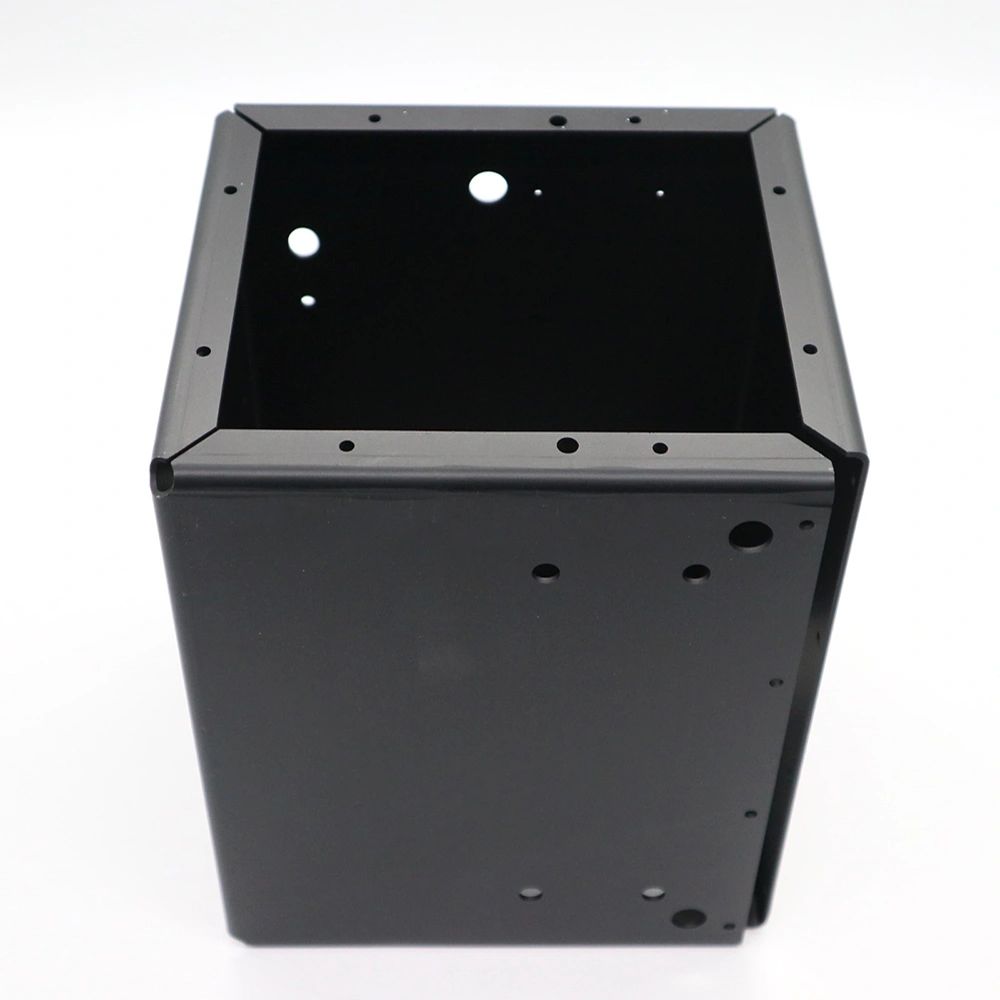Sheet metal stamping is the process of forming or cutting sheet metal stock in a press tool into a usable part. Generally the material is fed through the tool and the press provides the tonnage for the tool to do work on the metal. The list of processes for metal stamping is long, but a highlight of a few of them we excel at include the following:
Piercing: This process is a blanket term that describes the cutting and removal of material via a shearing action. Much like scissors, a punch will push material into a hole (called a die) and will break the material along the edge removing it from the sheet or strip.
Blanking: Much like piercing, blanking utilizes a punch and die to generate a specific shaped component. The difference in this case is rather than removing a slug as scrap, the piece that falls out will be the actual part.
Coining: A form of precision stamping where sufficient pressure is used to permanently indent or mark the part. This can be done as an economical replacement to engraving or to put useful features like radii into an edge of a part.
Embossing: The opposite to coining, this process uses extreme pressure to create raised features in a part. Examples include embossing ribs for strength or dimples to help locate mating parts.
Drawing: Similar to embossing but taken a step further, drawing uses high pressure to stretch material into various shapes like cups or cans. This is usually done slowly in multiple steps to avoid ripping or breaking.
Forming: This process is a blanket term for manufacturing sheet metal parts that includes bending or reshaping material. This is done via plastic deformation and no material is added or removed.
Post time: Nov-22-2023


